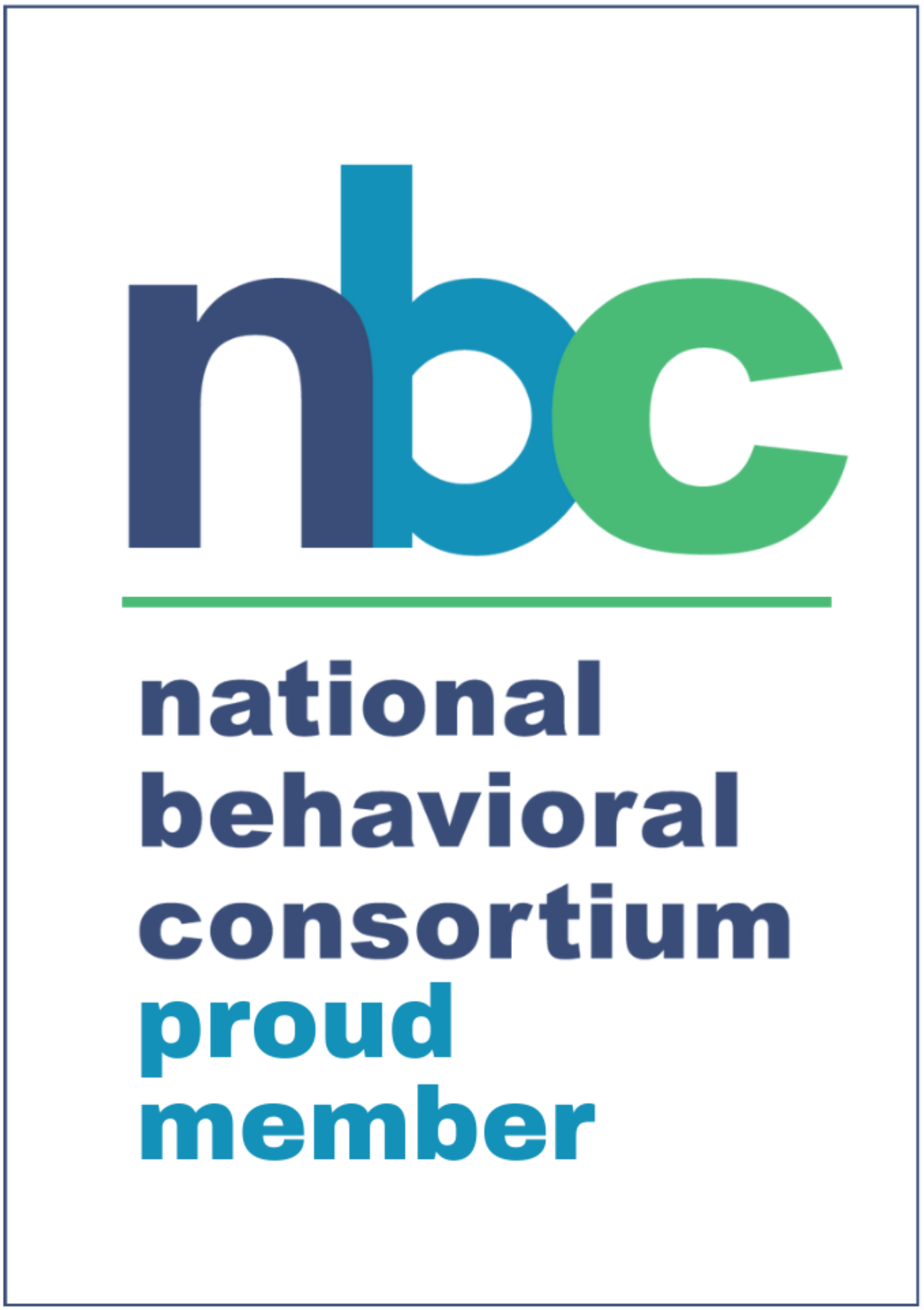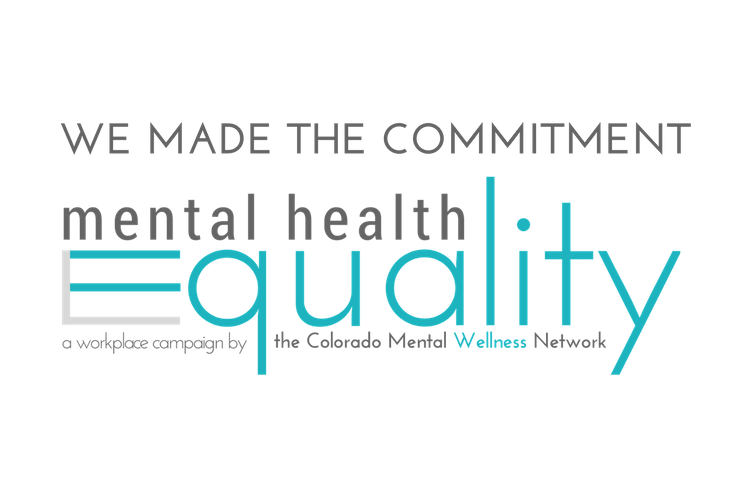The World Health Organization estimates that approximately 1 million people die each year from suicide. Consider that number for a moment. Imagine someone asked you to count 1 million toothpicks. How long would it take? Most Americans have been impacted by suicide. The topic of suicide and the workplace is not frequently talked about and often gets overlooked.
A colleague or employee contemplating suicide can be overwhelming for HR representatives, supervisors, and managers. You may not know what your role is or how to offer support without overstepping professional and personal boundaries. One of the most difficult questions has to do with assessment. How does one determine if a person is really at risk for suicide, and if a risk is detected what is the most effective way to intervene?
This blog provides a brief reference, or starting point, for developing strategies to manage suicide in the work place. It addresses warning signs, prevention tips, and postvention tips. It also offers suggestions for what you can do to support those who have lost an employee or co-worker to suicide.
When a person is contemplating taking their own life, they often will not voluntarily tell anybody. They may, however, reach out in non-direct ways. Below are some warning signs that someone may be contemplating suicide:
- Talking, writing about suicide/death. The phrases, “I wish I were dead” or “the world would be better off without me” are common examples of things suicidal people might say.
- Someone might be suicidal if they begin actively seeking access to guns or other weapons, pills, etc.
- They begin putting their affairs in order. Things like making a will, or tying up loose ends as not to be a further burden on friends and family might be a sign that they are contemplating leaving for good.
- A person who appears down, depressed, or hopeless.
- Isolating themselves from others. Somebody who normally engages socially might become isolated or start to withdraw from co-workers, work engagements and other social obligations might be suffering from major depression.
- Increase in risky behavior. If a person significantly increases alcohol, or drug use, incidents of unsafe sex, calling into work, reckless driving, or a host of other harmful activities, they are demonstrating unsafe behaviors and may have given up.
If you witness one or more of the above behaviors the next step is to determine their risk. It is helpful to consider multiple factors that could increase ones risk. The brief list below is a place to start.
- Biopsychosocial factors: The individual is at higher risk if they have a history of trauma or abuse, alcohol or drug addiction, or mental health issues–especially those that have gone undiagnosed or untreated. If there have been previous attempts and/or a family history of suicide then this would increase the likelihood that someone would seriously complete suicide.
- Sociocultural factors: Being part of a stigmatized, non-dominate group in society like LBGTQ can cause a person to feel isolated especially if they do not have the support of friends and family. The person may have been in a social environment where suicide is normalized, they may have had friends or family complete suicide which makes suicide contemplative. Barriers to mental healthcare associated with socioeconomic issues prevent individuals obtaining the help and early intervention they need.
- Environmental factors: These might include a recent job loss, dropping out of school, or loss of a loved one or relationship. The person may live in an environment where access to guns or pills is readily available increasing their means–subsequently increasing risk.
- Does the person have a plan, intent or means to commit suicide? If somebody discloses that they have a specific plan to harm themselves, high motivation to do so, and a way to do it, they are at high risk for committing suicide.
If you have seen the warning signs in someone and determine that they are at high risk and you feel they are in imminent danger you should get them to a mental health professional, call 911, or take them to the nearest emergency room. For long-term suicide prevention tips in the workplace see the ideas below.
Prevention tips:
- Make help accessible by posting suicide prevention hotlines in lunchrooms, break rooms, and bathrooms.
- Raise awareness regarding resources; make sure employees know that they have an employee assistance program (EAP) and that using the benefit is confidential. Post flyers with numbers to the EAP so that number is accessible to everyone. Oftentimes EAP programs are accessible to human resource representatives, mangers, and supervisors; take advantage and seek advice. Have a list of community resources that offer mental health services. Let employees know that they can also talk with their human resources representative.
- Educate employees by destigmatizing mental health and substance abuse issues by offering lunch and learns or trainings on various topics such as suicide, healthy coping skills for managing stress, anxiety, depression, and substance abuse issues.
- Create a balanced work environment by allowing for “mental health” days or offering work from home days if it’s possible. Managers and supervisors can help by assisting in resolving work problems as they arise and managing conflict effectively between co-workers, managers, and supervisors.
If your company has experienced a suicide, the loss of a colleague or employee can be shocking and traumatic. Below are a series postvention tips that might be helpful in the event of a workplace suicide.
Postvention tips:
- Acknowledge that your employees may have strong emotions surrounding the suicide and will need opportunities to express their feelings.
- Supervisors and managers should be on alert for PTSD symptoms. A drastic change in behavior may be a sign that a person is having a hard time dealing with the incident.
- Encourage healthy grieving by providing a basic understanding of the stages of grief: Denial, Anger, Bargaining, Depression, Acceptance. The stages of grief affect individuals differently at various rates. Some employees may express their grief as sadness or anger over a long period of time, while others may get back to their normal lives rather quickly.
- Offering empathetic and compassionate listening will give employees permission to talk openly with their supervisors and managers and will give them the opportunity to ask for what they might need in their grief. Being accessible to employees lets them know that they are not alone and that they are supported
- Become a role model for healthy grieving by being open with your feelings surrounding the suicide.
The purpose of this blog is not only to help employers notice the warning signs of suicide and help them assess their employee’s risk for suicide, it also serves as a basic framework on how to instill awareness regarding suicide, prevention and postvention tips in the workplace. It is likely that if there is early recognition and intervention of a person who is contemplating suicide, that there can be a positive outcome. In honor of suicide prevention month remember, asking someone “how are you doing” or “are you ok” should reach farther than the project they’re working on. By asking and being open to talk, you can save a person’s life.
Helpful resources:
http://www.suicidepreventionlifeline.org/
http://www.suicide.org/suicide-hotlines.html
Crisis Lines:
1-800-273-TALK (8255): This number will connect you with a mental health professional who will be able to assist you.
Apps:
Ask: https://itunes.apple.com/us/app/ask-prevent-suicide/id419595716?mt=8
The Jason Foundation: http://jasonfoundation.com/get-involved/student/a-friend-asks-app/
MY3: http://www.suicidepreventionlifeline.org/gethelp/my3-app.aspx
Alea Makley, MA
Case Manager
MINES & Associates











Leave A Comment